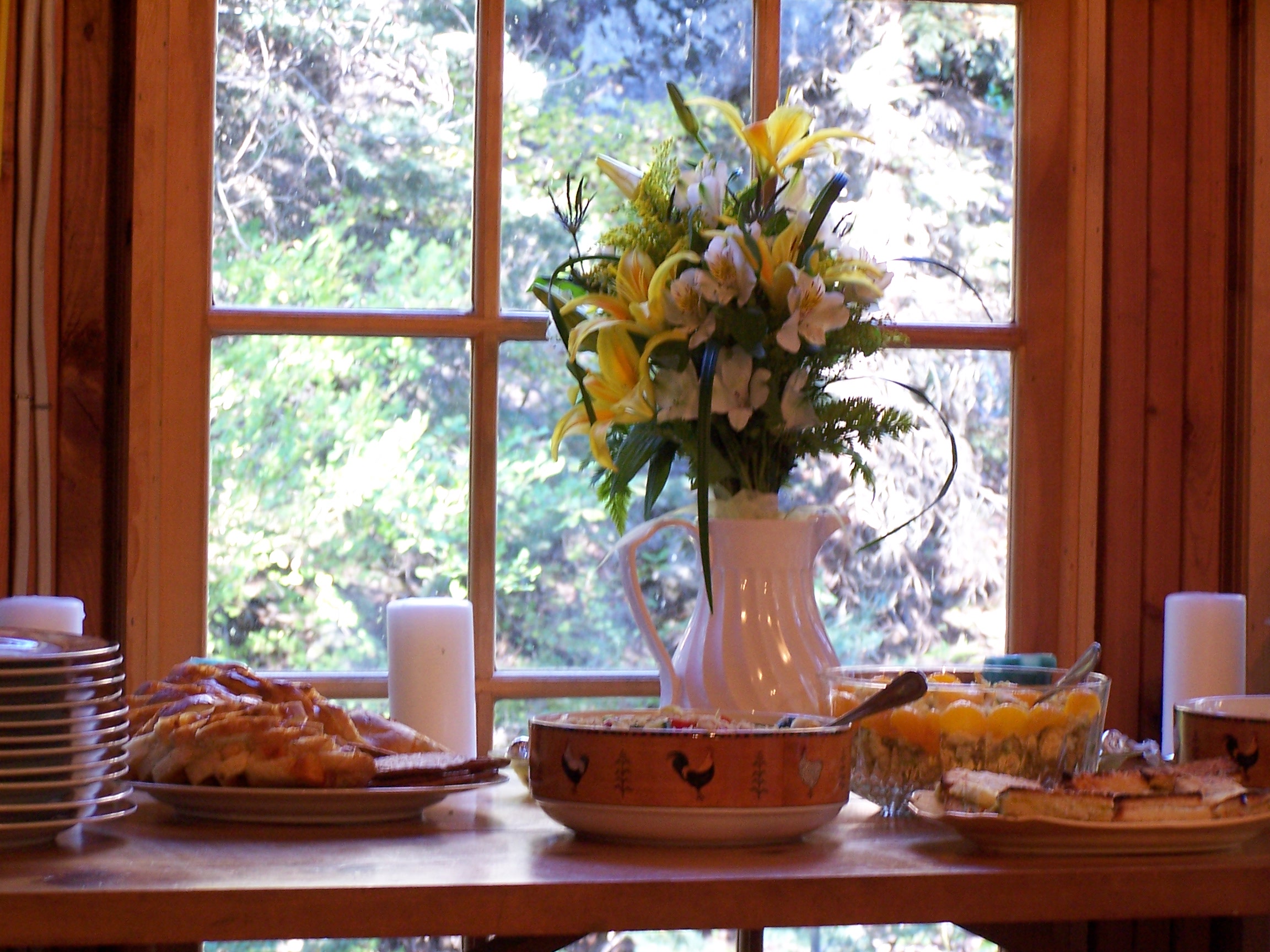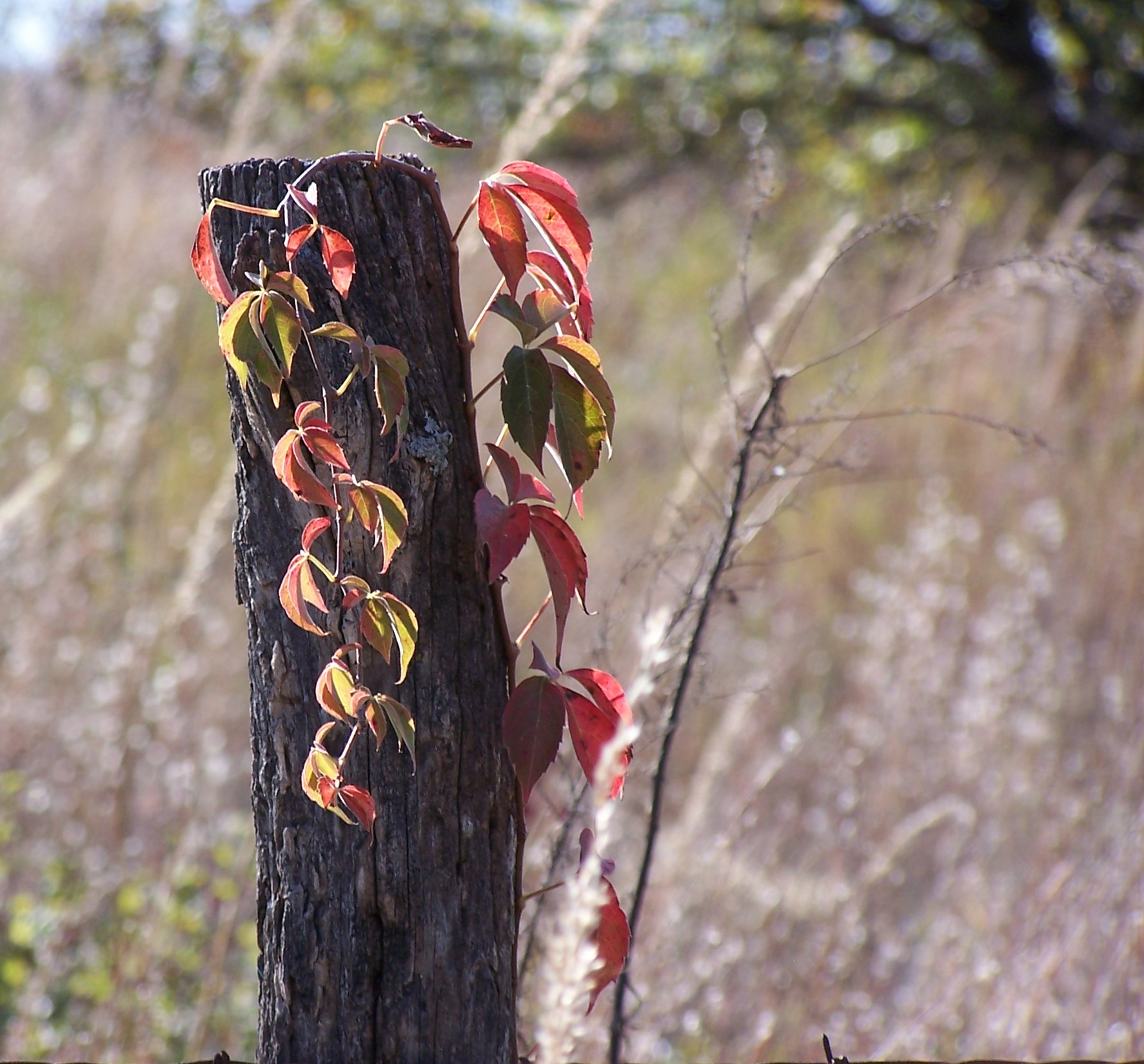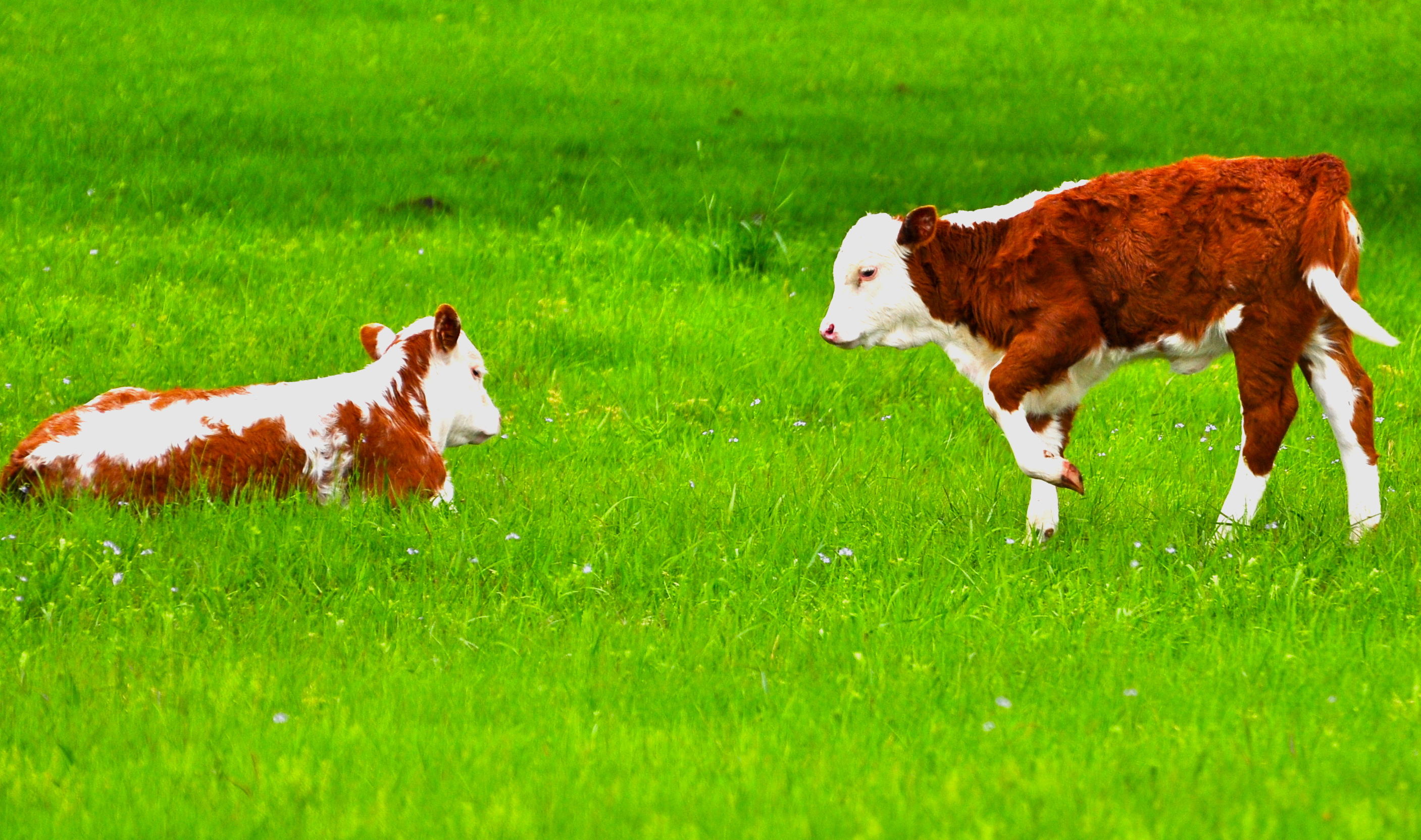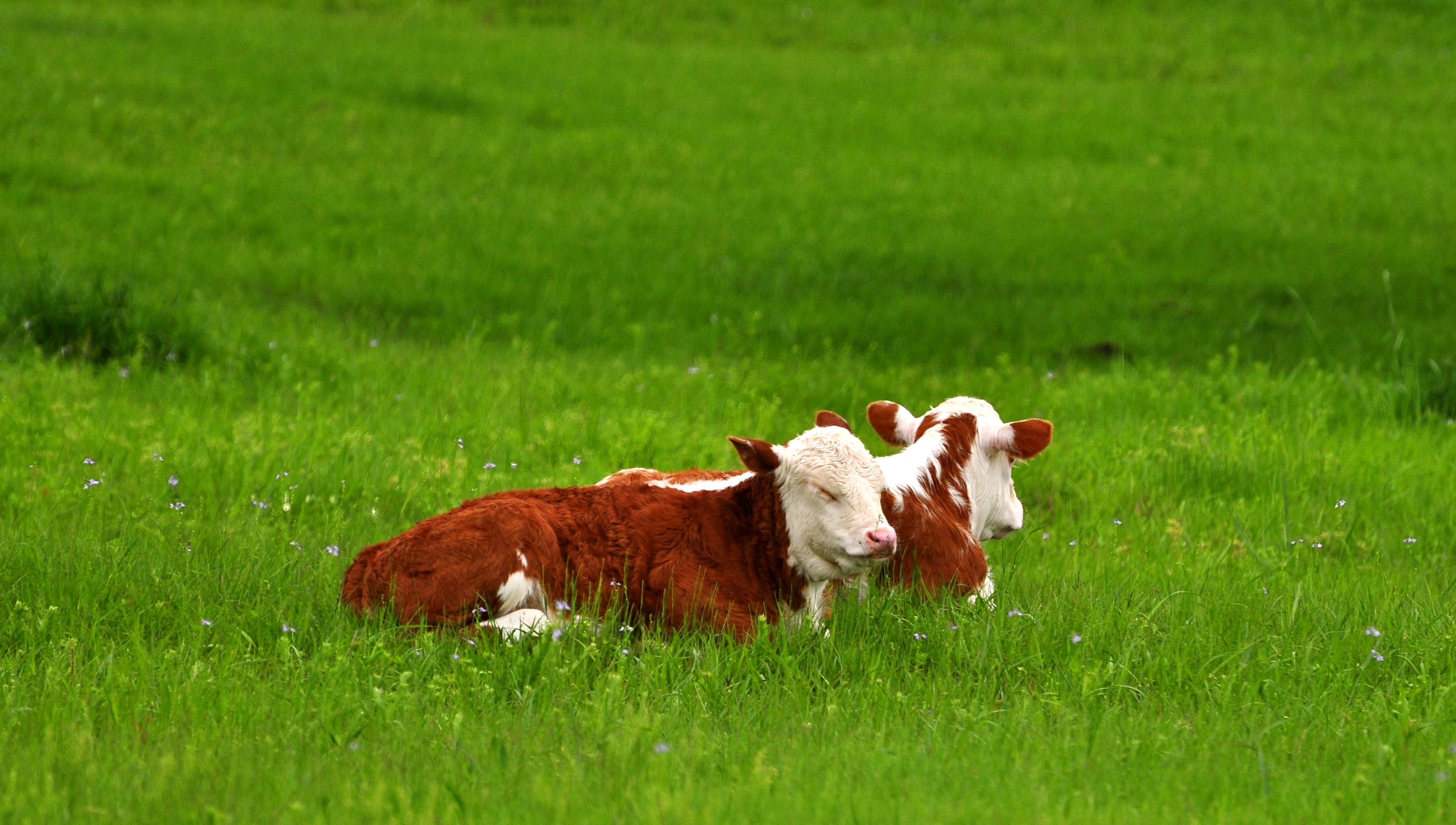
No holiday should be a time of sorrow, a place acquainted with grief. Certainly not Thanksgiving. There is nothing in the name that suggests loss. It’s a time to gather with family and friends. A time to “give thanks”. Who wants to give thanks for loss or difficulty? Nevertheless, we are faced with the reality that Thanksgiving is experienced in a context that includes hardship and tragedy.
I’ve thought a lot about the marriage of gratitude and grief during this Thanksgiving holiday. Maybe it was writing the series of posts about loss. Maybe it was spending time with three generations of family. Maybe it was attending the funeral of a friend two days after Thanksgiving.
I decided to revisit how this holiday came to be, so I googled “Thanksgiving”. A sentence caught my eye.
“The first American Thanksgiving was celebrated in 1621, to commemorate the harvest reaped by the Plymouth Colony after a harsh winter.”
On that first holiday they gave thanks for the bounty of the harvest, “after a harsh winter.” Their celebration was based on having survived a season of hard work, tragedy, and loss. They gave thanks for the gift of plenty. They gave thanks for the discovery of their own strength and resilience through difficulty.
President Abraham Lincoln proclaimed a national day of thanks in October, 1863. A day of giving thanks, in the midst of the Civil War. What was there to be thankful for in a time of such internal turmoil? How could we be grateful in the face of so much destruction and death? Perhaps Lincoln hoped that a day of Thanksgiving might remind us of our connection rather than all that divided us. That our strength and resilience might unite us once more.
It seems that Thanksgiving has always been about gratitude in the midst of loss. Gratitude for the gift of time, of health, of relationship. John Claypool came to understand gratitude “after a harsh winter,” when his ten year old daughter died of leukemia. In the midst of his grief he realized that he had never been promised a span of time with her. That each year had been a gift. He began to move from anger that he had been robbed of a lifetime with her, to thanksgiving for every unpromised moment shared over those ten years. Claypool discovered the gift of his own resilience. Grounded in the strength that comes from adversity, he made his way beyond his own winter of grief to a place of healing gratitude.
What if our clearest moments of resilience and strength are mined from the landscape of our disappointments and tragedies? What if the key to discovering these gifts is our willingness to fall into the abyss of our grief. Psychology Today, Psych Basics, notes that,
“Resilience is that ineffable quality that allows some people to be knocked down by life and come back stronger than ever. Rather than letting failure overcome them and drain their resolve, they find a way to rise from the ashes. Psychologists have identified some of the factors that make someone resilient, among them a positive attitude, optimism, the ability to regulate emotions, and the ability to see failure as a form of helpful feedback. Even after a misfortune, blessed with such an outlook, resilient people are able to change course and soldier on.”
What does it mean to “soldier on”? I don’t think it means being an untouchable stoic who never falters, never sheds a tear. I think to “soldier on” may mean that we continue to rise in all our faltering, tearful, uncertain, grieving humanness. Continuing to rise again, and again, until we find a new balance.
J.R. Martinez began to “change course and soldier on” a long time before he won Dancing With the Stars. After his win, he received a note from US Secretary of Defense, Leon Panetta that read:
“Your strength and spirit captivated the nation, and your victory sends a strong message about the strength and resilience of our wounded warriors.”
In reality, we are all wounded warriors, struggling to soldier on after our own harsh winter, to a place of thanksgiving. I hope as you sat with loved ones at your Thanksgiving table, you received the gift of strength and resilience that comes after surviving a harsh winter with grief and gratitude.










